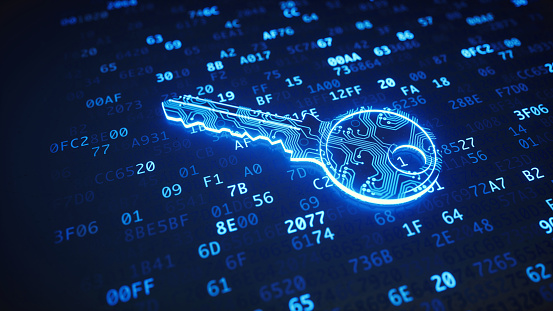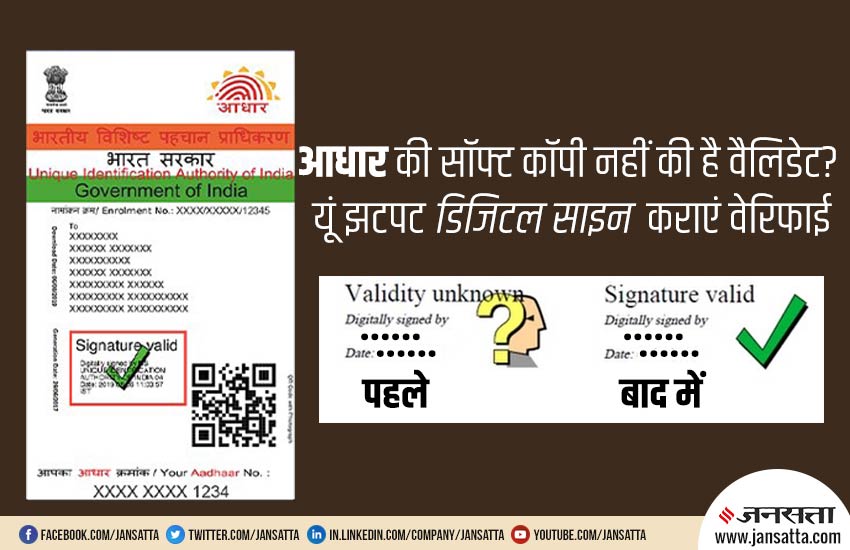2. SHA-256
SHA-256, which stands for Secure Hash Algorithm 256-bit, is a cryptographic hash
function that belongs
to the SHA-2 family. It is widely used for secure data integrity checks,
digital signatures, and password storage.The main purpose of a cryptographic hash function like SHA-256
is to take an input, such as a message or
a file, and produce a fixed-size output, which is a 256-bit (32-byte) hash value. This hash value is
unique to the input data, meaning even a small change in the input will produce a significantly
different output.


